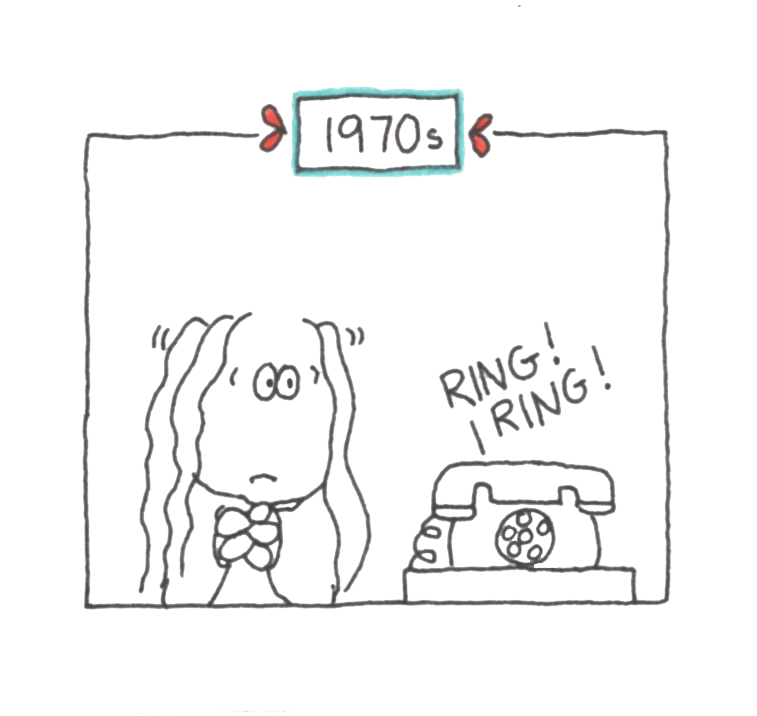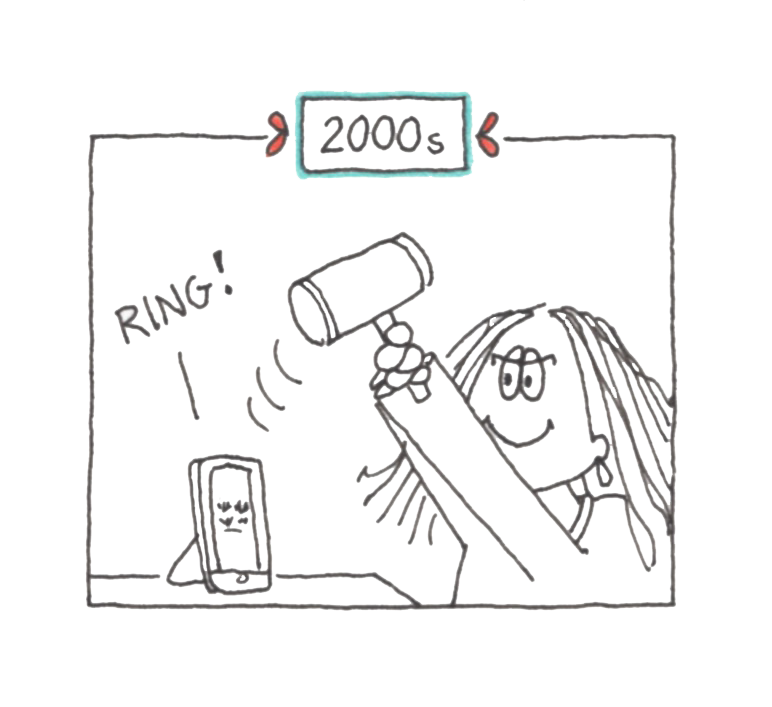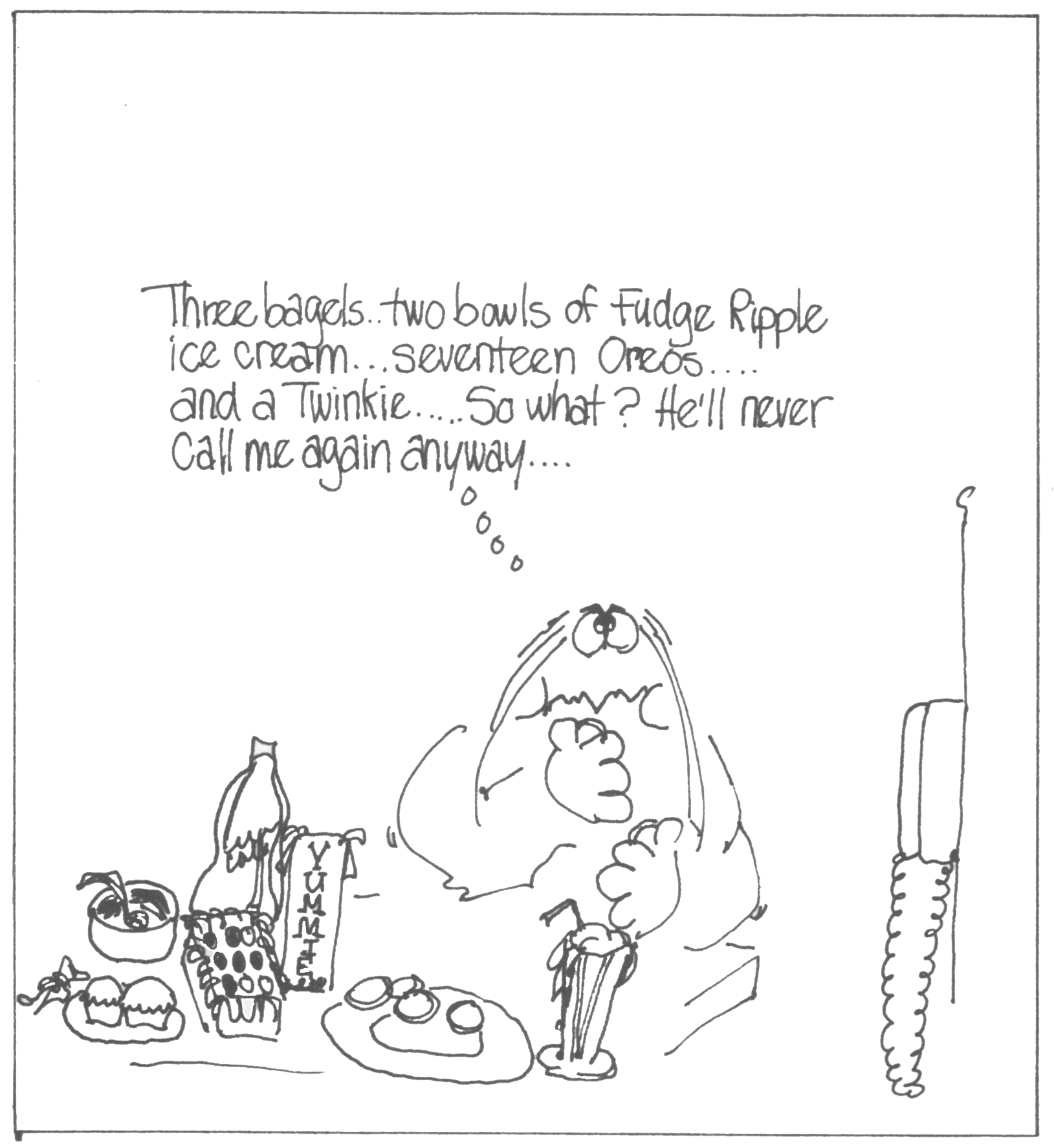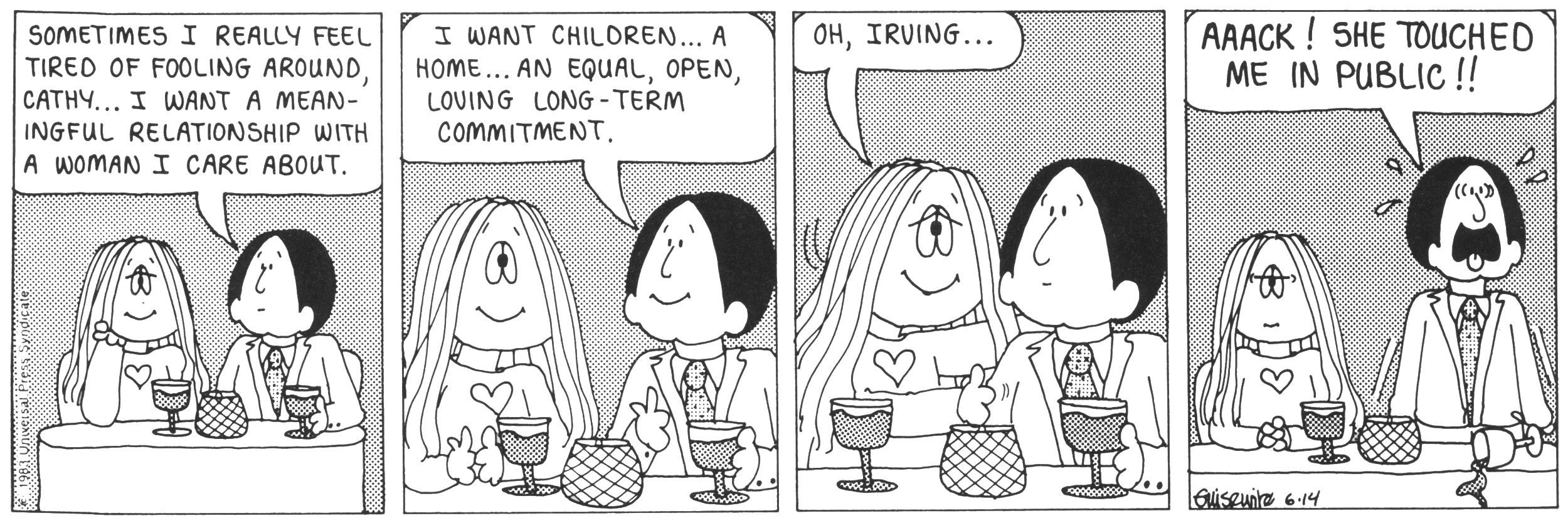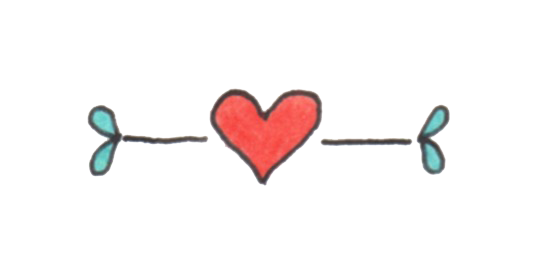“Cathy” ran in newspapers 365 days a year from 1976 to 2010. It began as a way for me to cope with a changing world. It ended so I could cope with my changing life -- a daughter facing her last year of high school, parents facing their 90s, and me facing the deep need to take care of everyone, plus get started on the other 50,000 things on my to-do list.
There weren’t any other comic strips about real women when “Cathy” began and I couldn’t draw, so both the content and look of my strip made it a radically different thing to sell. Universal Press Syndicate bravely launched and stood by the strip for thirty-four years, and made archives of classic “Cathy” strips available online. If you’d like to revisit some of what we lived through together, visit GoComics.
My first “cartoon” was a scribbled self portrait of me eating everything in the kitchen while I waited for Mr. Wrong to call.
I was 26 years old, overweight, and squashed in the middle of a great big cultural shift. Women’s Liberation had stirred up incredible new feelings of power and possibility by the mid-1970s as well as huge battles between the sexes. I had an exciting new career as an advertising copywriter and a miserable love life. I was thrilled to be in a place of triumphant self-supporting independence .…but I hated being there all by myself.
Seeing my inner conflict in picture form made me feel so much better that I started memorializing lots of my worst moments in drawings, some of which I sent home with letters to let my parents. Mom thought other women would relate and forced me to show my embarrassing private scribbles to a comic strip syndicate. Universal Press Syndicate agreed with Mom and sent me a contract to do “Cathy” along with a note saying they were sure I’d learn to draw if I had to do it 365 days a year. Six months later the comic strip debuted with this extremely un-empowered moment:
November 22, 1976
It’s painful to look at the early strips, even worse to remember the early times. In those years, you were either a “women’s libber” or a “traditionalist.” Zero middle ground. Everyone chose sides. Men and women actually argued about whether a woman had a right to have a job. Men raised with the TV show Father Knows Best felt threatened. Women raising our precious first copies of Ms. Magazine felt emboldened. It was a decade of great exhilaration and great frustration.
1970s
A lot changed and didn’t change in the years that followed.
1980s
1990s
2000s
Relationships between men and women evolved from this:
1980s
To this:
2000s
We tried to enlighten our mothers…
1970s
Set boundaries with our mothers….
1980s
And learned to deeply appreciate our mothers…
2000s
Along the way, some of us marched in the street, others of us marched to the refrigerator. Many of us shared insane diets, bad blind dates, sexist offices and a universe of conflicting messages. We survived decades of subtle and not so subtle pressures to be all things to everyone. We fought with boyfriends, bosses, mothers, bank accounts and will power. We tip-toed on the fine line between soaring confidence and secret self-doubt. We gave in, gave up, regrouped, rallied and started all over a zillion times. We wept on the floors of the swimwear dressing rooms and rose up to make our own bold statements.
It was always hard to fit all there was to say in the boxes of a comic strip, but it was an honor to get to be a voice for a little bit of what a lot of us shared. I miss the connection the strip gave me with readers, and am so happy to get to reconnect now, with my new book of pandemic cartoons Scenes from Isolation and my book of essays Fifty Things That Aren’t My Fault.


